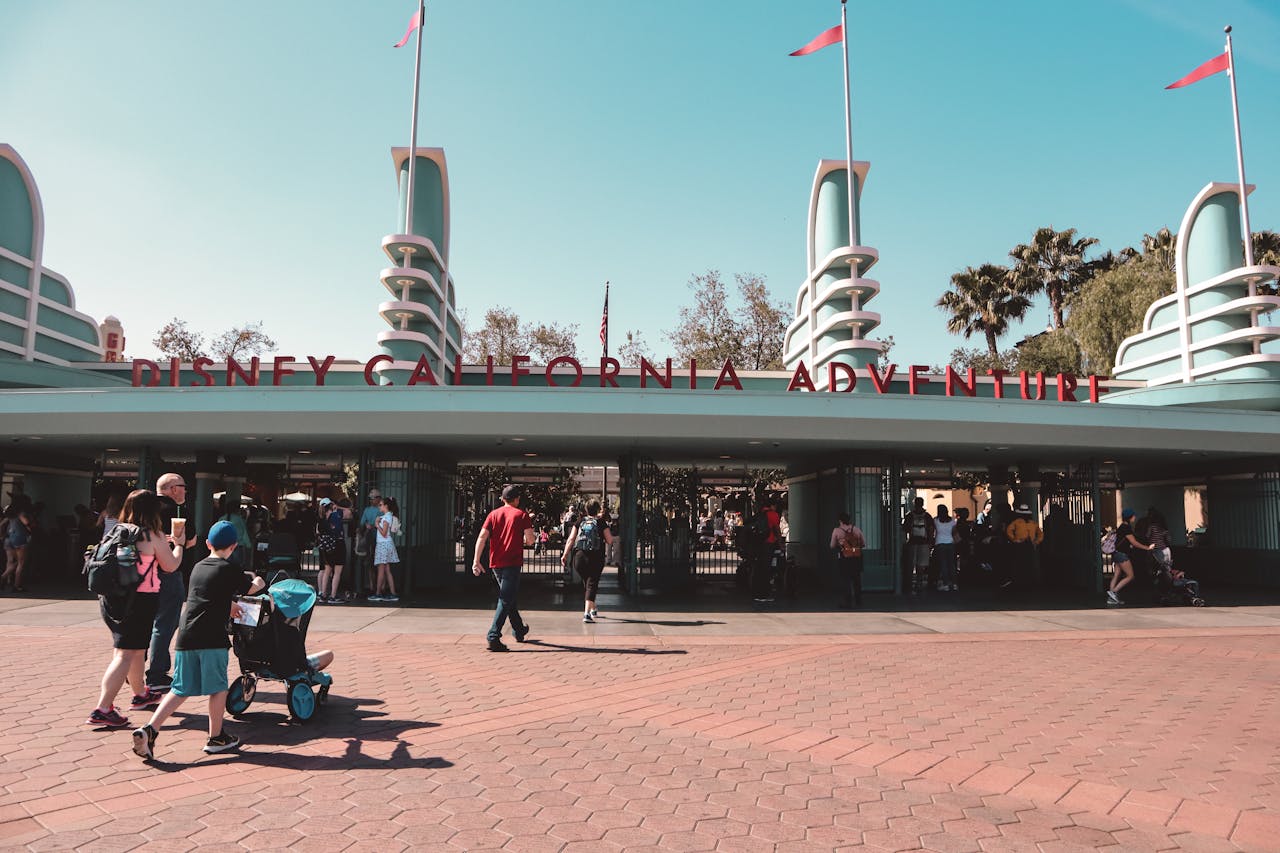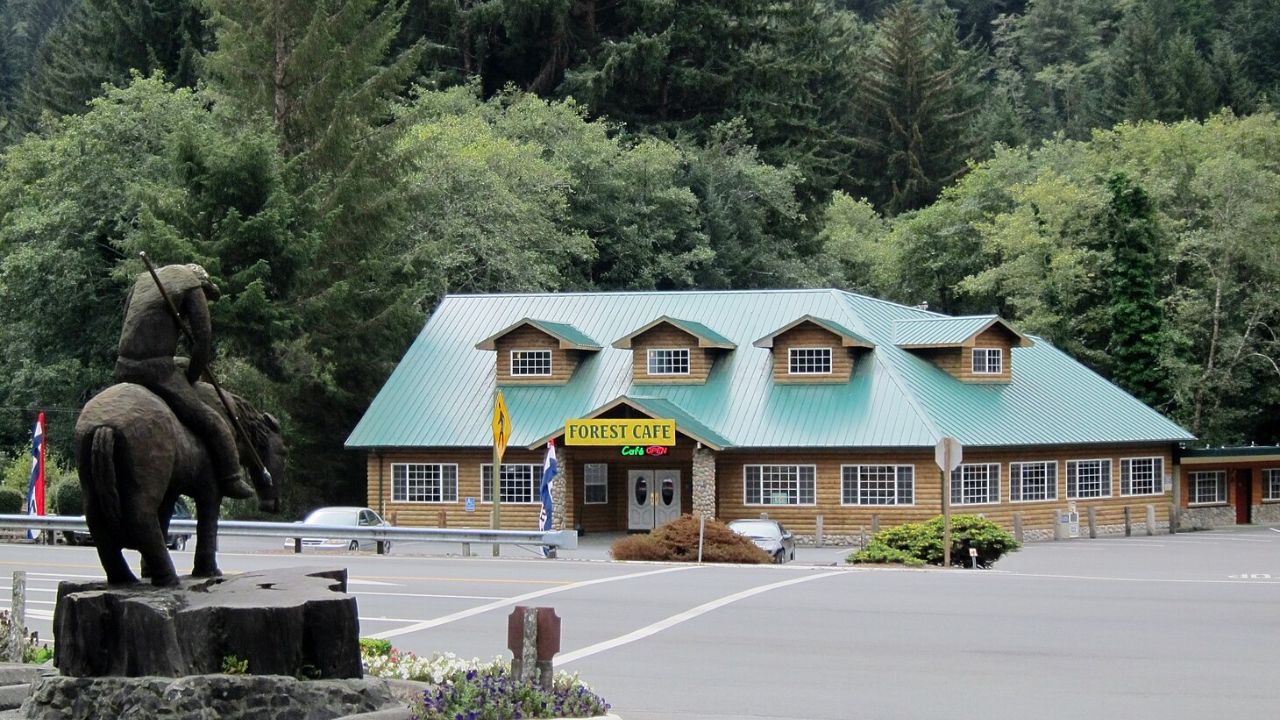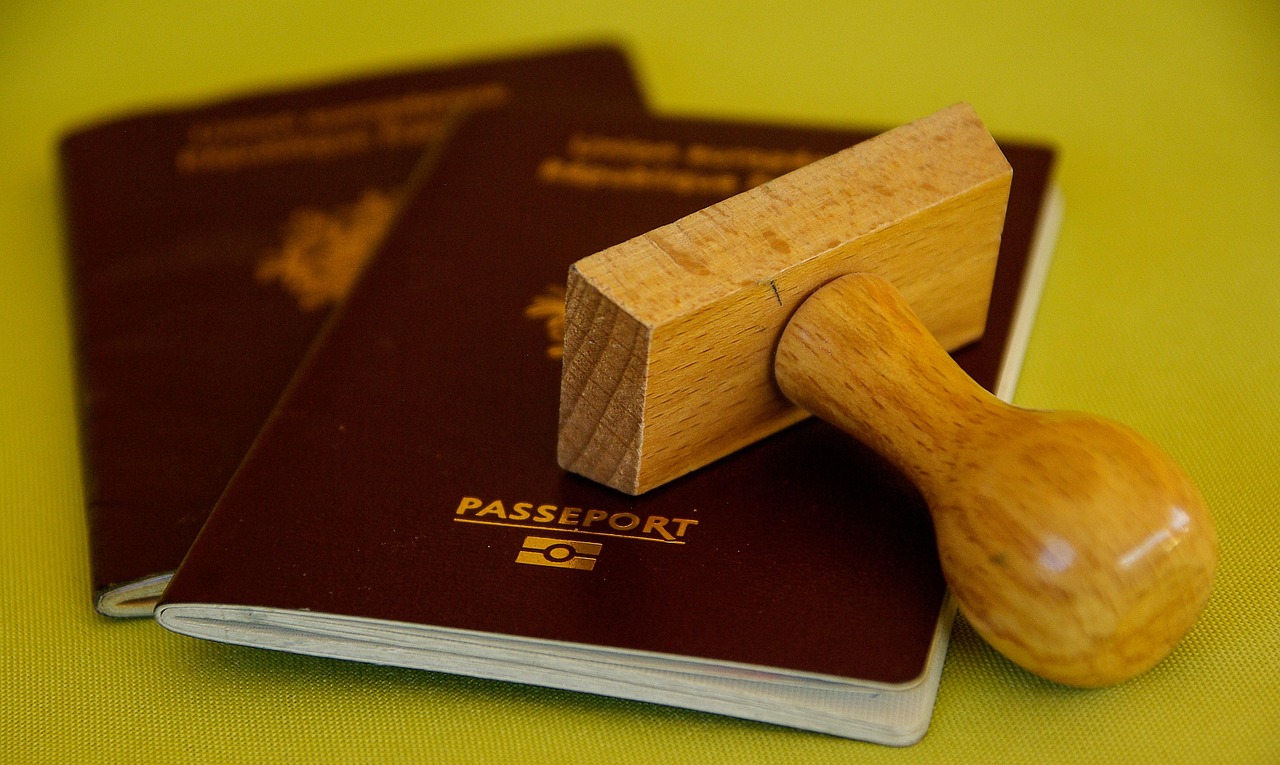Beloved places age in public view. Some fade as habits shift, others buckle under costs, and a few simply outlive the crowds that once filled them. The ache sits in small details that refuse to leave memory. A dusty ticket window. A fountain without rhythm. A counter where names used to be remembered. Each site tells a wider story about screens, budgets, and changing time. What remains are shells with echoes. Memory keeps checking the locks and wondering about a second act.
Drive-In Theaters
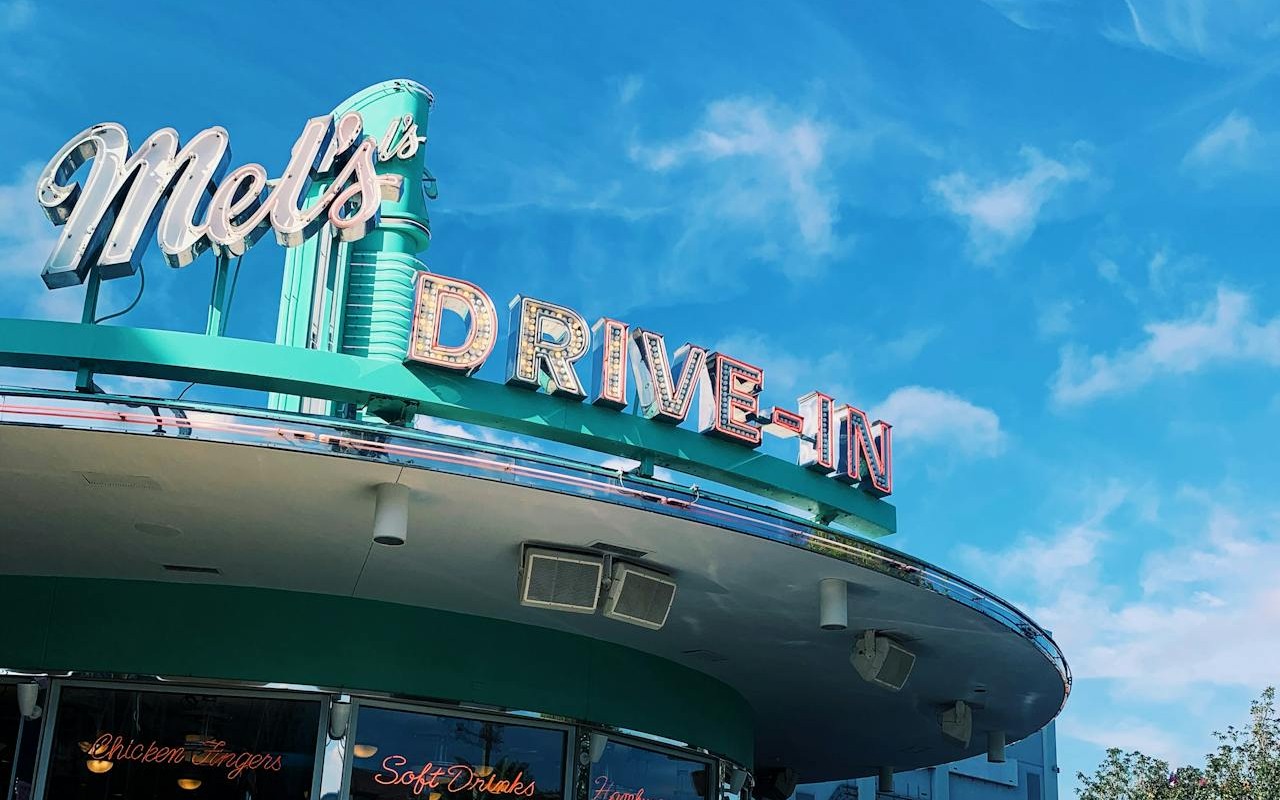
In the 1950s and 1960s, drive-ins drew families and first dates by the carload, more than four thousand at the peak. Multiplex growth, rising land values, and later streaming dimmed the headlights. A brief pandemic blip could not turn the tide. Fewer than three hundred hang on with thin margins and short seasons. Elsewhere, rusted poles dot lots where radios once crackled and summer air smelled like butter. The magic is remembered. The infrastructure waits for a use that fits.
Main Street, USA

For decades, Main Street carried the heartbeat of small towns with drugstores, diners, parades, and errands done on foot. Big box entries, strip malls, and one day shipping thinned foot traffic until windows read for lease. Some corridors rebounded with grants and grit, yet many feel paused between eras. The sidewalks remain, but habits moved to parking lots and apps. Festivals still line calendars, smaller now, as towns weigh identity against the steady gravity of convenience.
The Mall
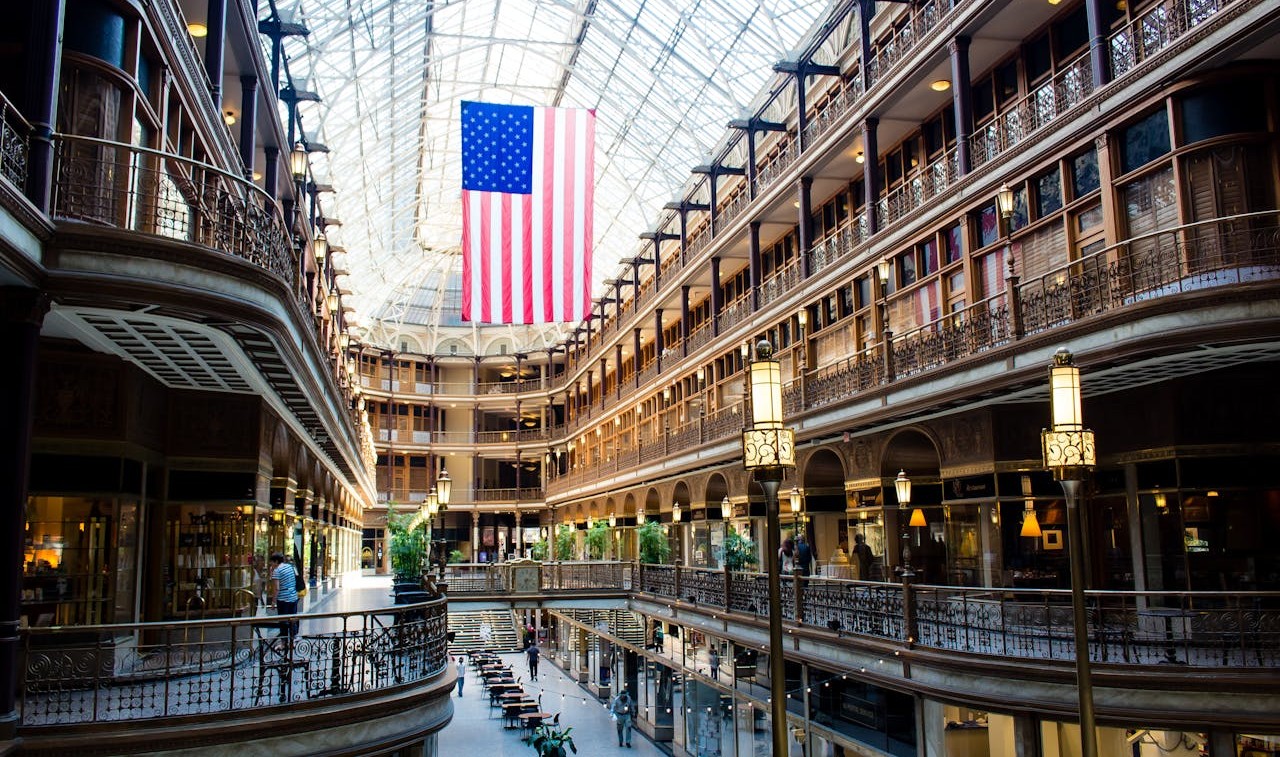
Food courts, anchor stores, and weekend loitering once made the mall a social map for teens and families. Online carts and shrinking department chains hollowed corridors, and vacancy crept from wings to center courts. Some shells became clinics, warehouses, or fitness hubs; others face demolition. The survivors experiment with pickleball, pop ups, and events to slow the slide. Memory insists on neon and coins in fountains. Reality points to closed gates and a future assembled in parts.
Public Libraries

Libraries anchored literacy, study, and civic rooms where neighbors met without a tab. Budgets tightened, foot traffic wobbled, and hours shrank in branches that needed them most. Modern systems fight back with makerspaces, Wi-Fi, job help, and story hours that still save afternoons. Yet others sit dark or shed staff until services feel thin. The mission endures even when doors do not. Stacks hold quiet courage, but in too many towns the lights click off.
Church Halls
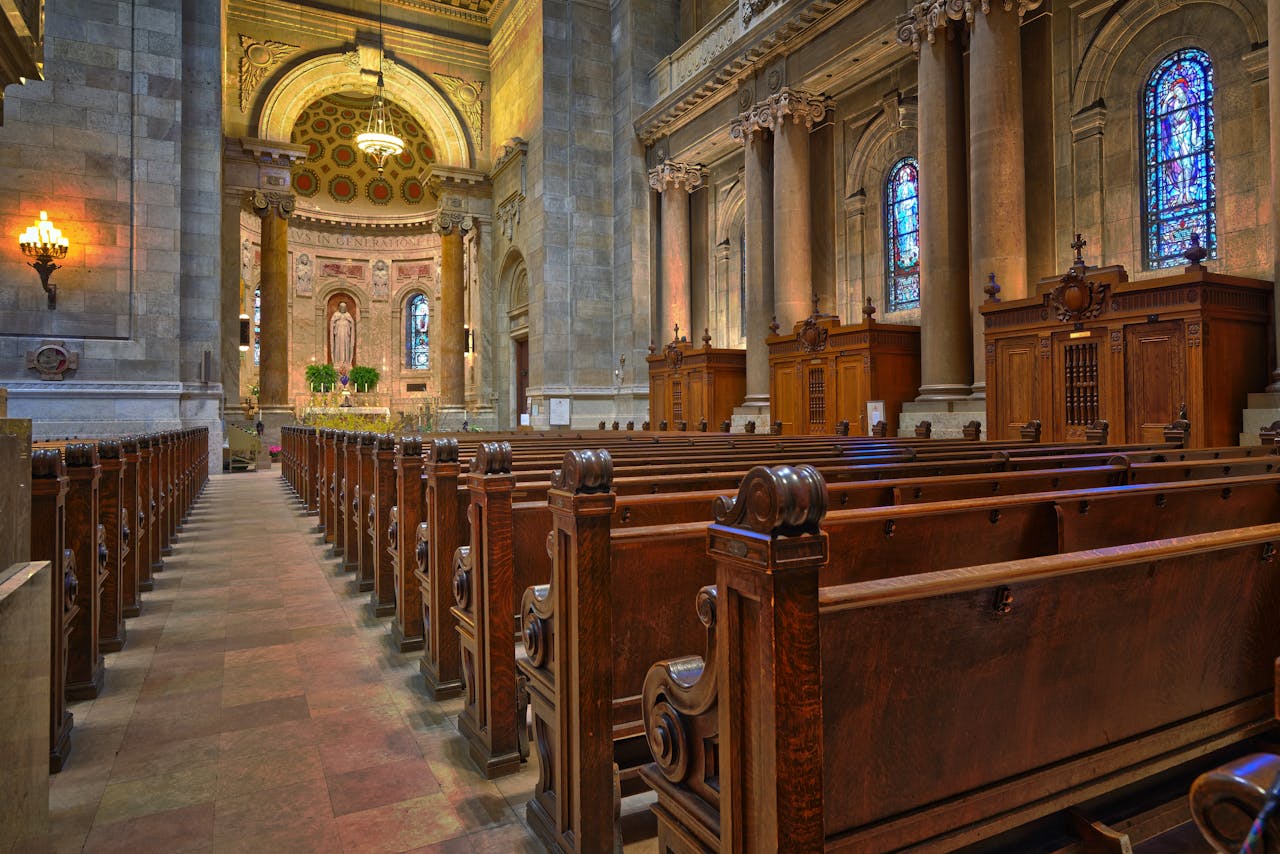
Once the weekly calendar, church halls hosted potlucks, youth nights, raffles, and fundraisers that stitched communities together. As affiliation falls and congregations merge, many sanctuaries close or sell. Some become condos and cafés; others sit locked with hymnals stacked in silence. The loss stretches beyond square footage. It marks a thinning of rituals that made names familiar and help automatic. Where halls still hum, the sound carries. Where they do not, the absence rings.
Public Pools
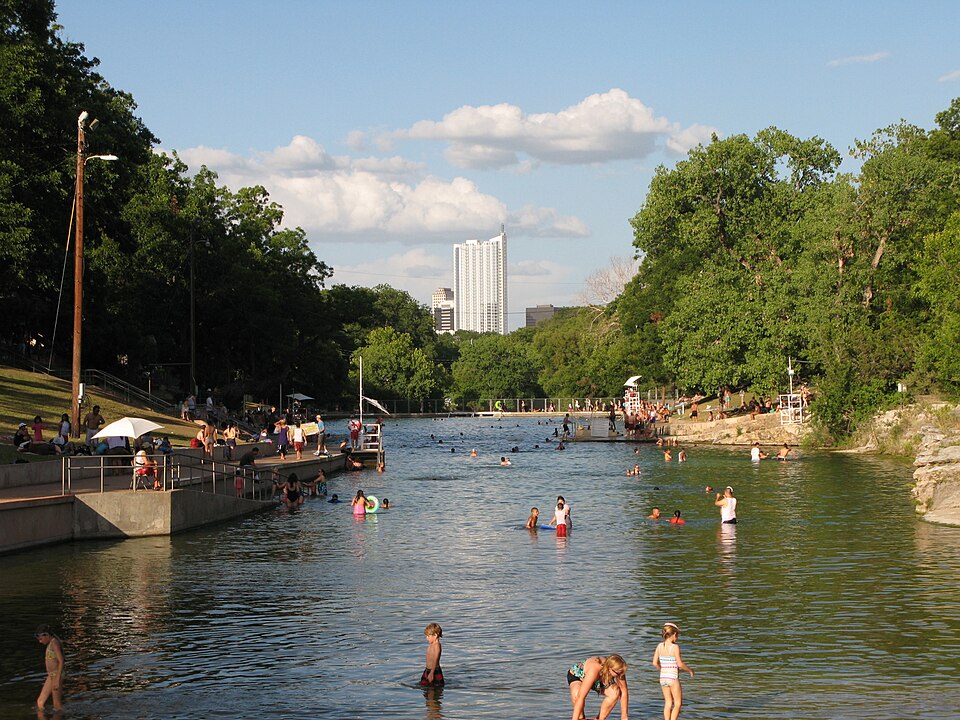
Summer once orbited public pools with lifeguards on high chairs and radios mixing with cannonballs. Aging concrete, insurance costs, and thin budgets drained many basins for good. A few cities swapped splash pads for lanes, trading shared lessons for quick cool downs. Elsewhere, weeds trace the deep end line where swimmers earned confidence. Restorations happen, slow and brave, but most shells stay dry. Childhood memories persist while gates rust and the water never returns.
VFW Halls
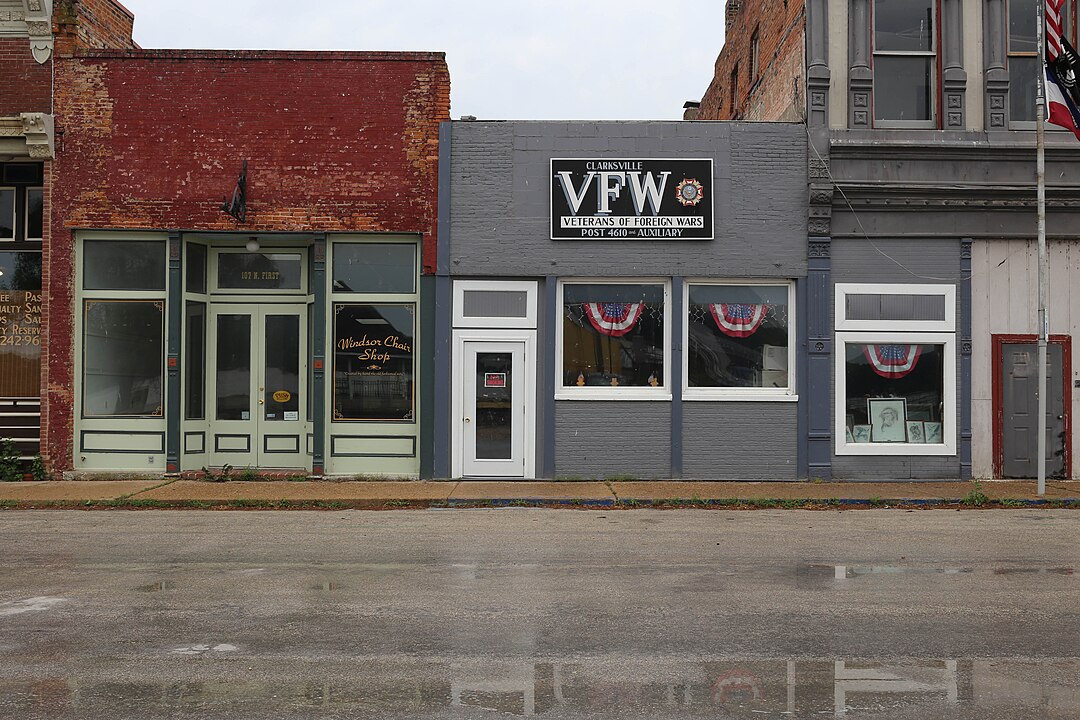
Postwar years gave veterans rooms to gather, grieve, fundraise, and dance. As generations pass and patterns of service change, many posts go quiet or shutter. The remaining halls host fish fries and community votes, fewer now, still fierce with pride. Buildings speak in flags fading behind glass and floors that remember boots. Without new hands to carry keys, the doors stick. The loss is not nostalgia alone. It is a thinning line of connection and care.
Skating Rinks
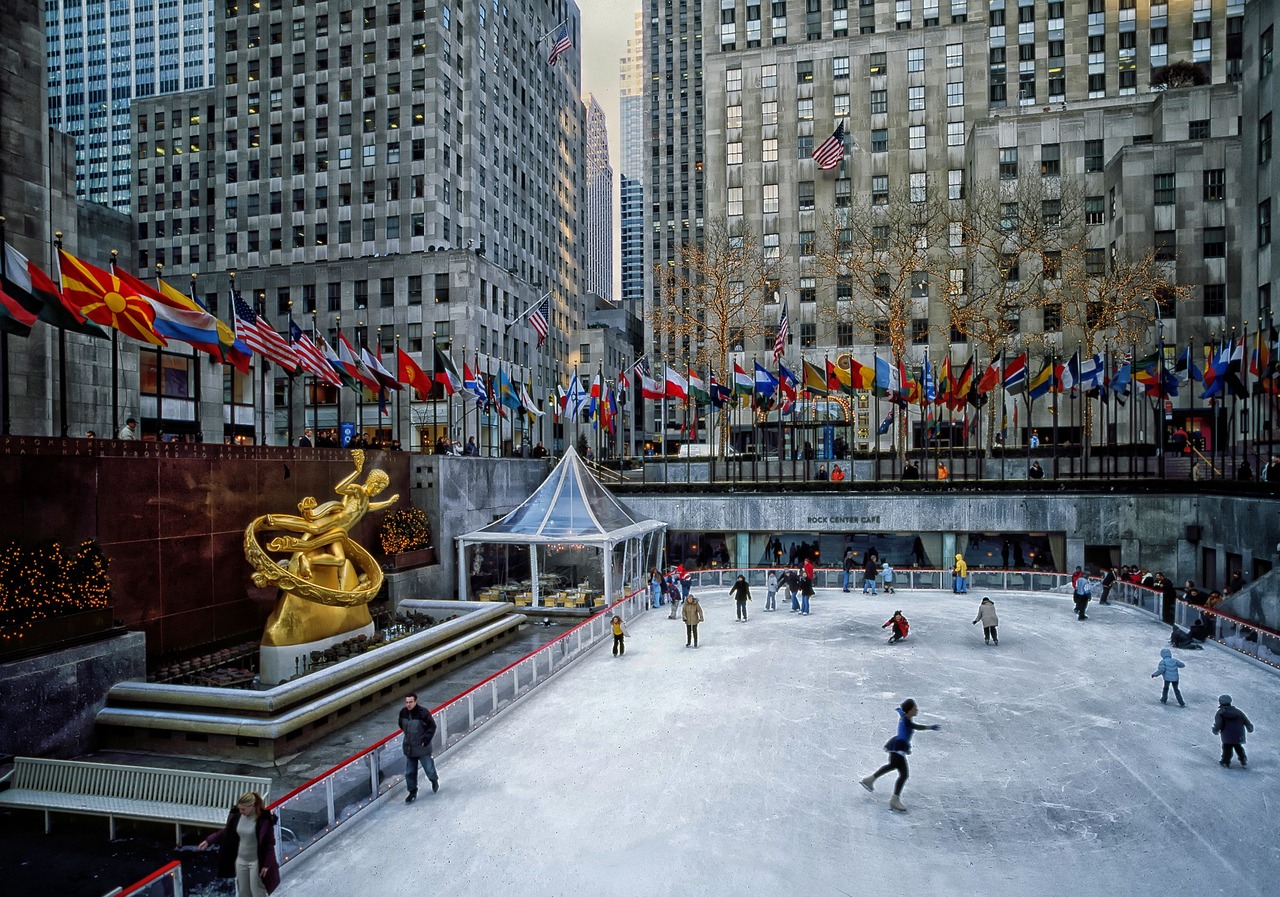
From disco glow to birthday chaos, rinks once owned Friday nights with mirror balls and DJ dedications. Business models stalled, premiums rose, and carpets wore thin until owners folded. Some floors turned into sanctuaries; others into storage. A handful survive on derby leagues and theme nights that respect the loop. Empty rinks feel like a song cut mid chorus, rails still warm with handprints that never left. The space wants motion. The market, most weeks, does not.
Local Diner Counters

A counter offered simple theater: clatter, coffee top-offs, and orders remembered without asking. Chains, delivery apps, and remodels erased stools or closed doors entirely. Surviving diners lean on takeout, leaving stainless still and lonely at noon. The loss exceeds bacon and eggs. It subtracts a daily contact that kept towns threaded. Regulars age, staff scatter, and a place built for conversation now faces silent screens within reach. Warmth once automatic now needs planning.
Community Gardens
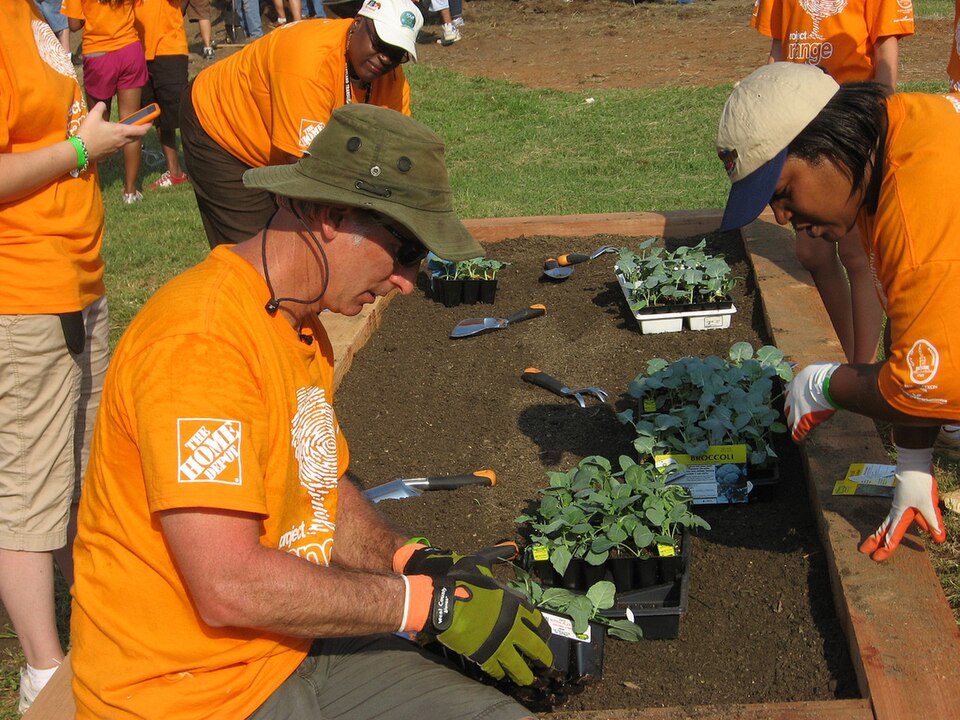
City lots once turned to tomatoes, zinnias, and neighborly advice under shared hoses. Rising land values, redevelopment, and volunteer fatigue pulled plots back to asphalt and staging fences. The beds that remain fight vandalism, funding gaps, and schedules stretched thin. They still teach patience and the miracle of a seed, but fewer hands show up on Saturday. Where frames were lifted, new foundations sit. A tender commons yields to lockboxes, renderings, and a fence that keeps stories out.
Amusement Arcades
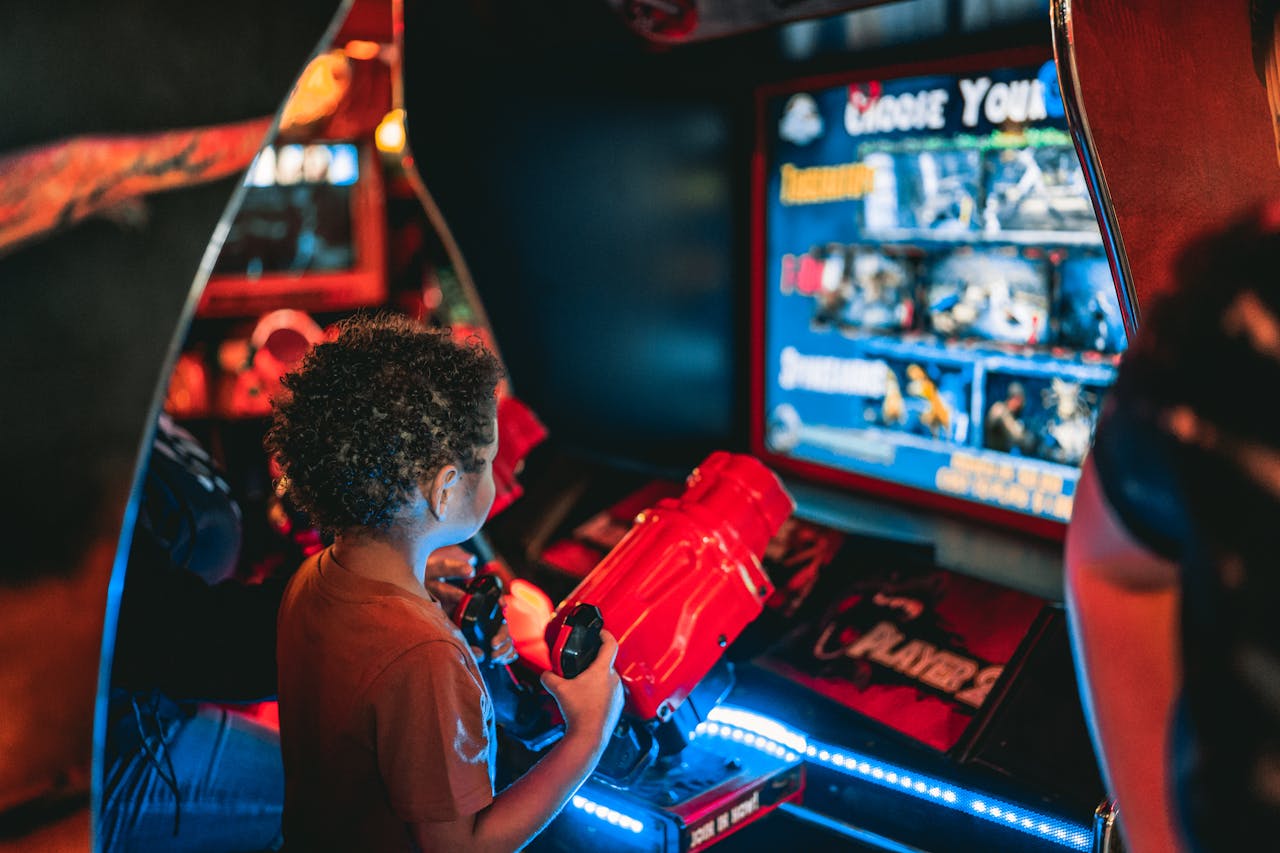
Quarters clinked, neon pulsed, and high scores wrote a temporary fame that felt huge. Consoles, online play, and mobile apps folded the arcade into a pocket and dimmed the rooms. Many cabinets now sleep in storage or revived barcades that trade tickets for tabs. For younger players, leaving home to game feels quaint. The old halls echo with button clicks that no one hears, while a few survivors glow for league nights and nostalgia cleansed weekends.
Civic Auditoriums
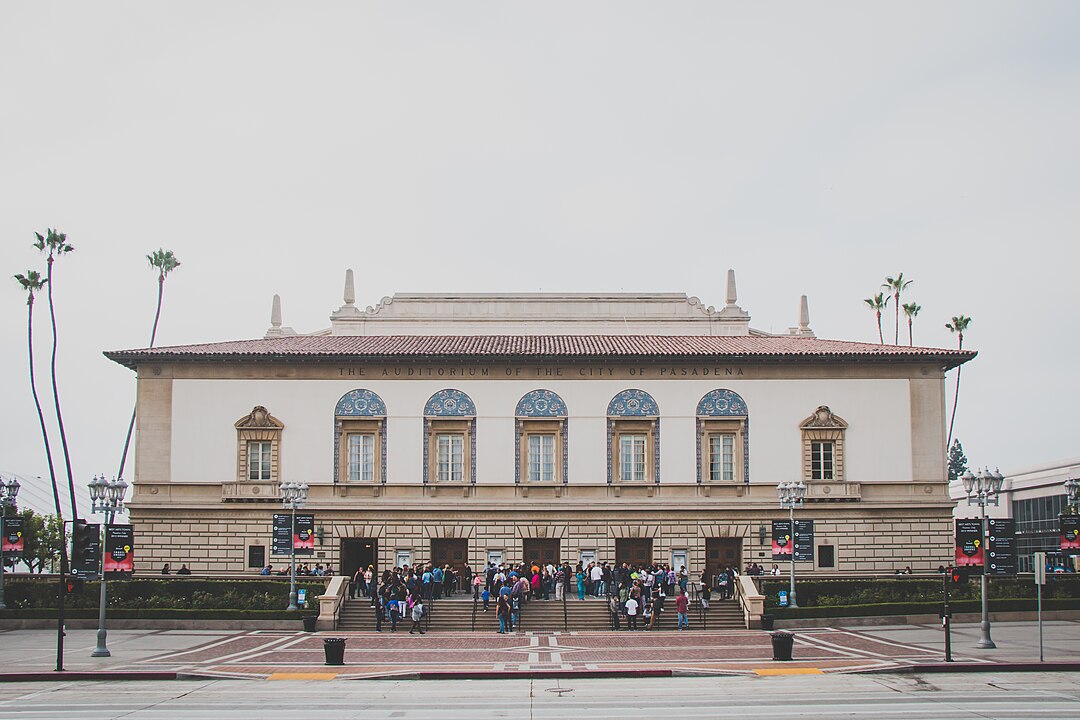
Every town kept a hall for ceremonies, choirs, and fairs that stitched pride into a shared stage. Maintenance spiked while bookings fell, and public budgets chased other needs. Some auditoriums became rentals; others gathered dust behind locked side doors. The hush before curtains once felt electric. Now silence stretches between stray events. The brick still stands, but the habit of gathering drifted, taking volunteer crews, calendars, and the muscle memory of applause with it.
Urban Plazas

Designed as democratic living rooms, plazas hosted rallies, lunches, fountains, and music that spilled into afternoons. Years of thin upkeep, safety worries, and rule heavy management dulled the spark. Some squares turned corporate, tidy yet cautious; others went windblown and weedy. Attempts at revival add chairs, lights, and small stages, sometimes with luck. Often the set remains, but the cast stays home. A public promise lingers in stone, waiting for trust and time to return.
